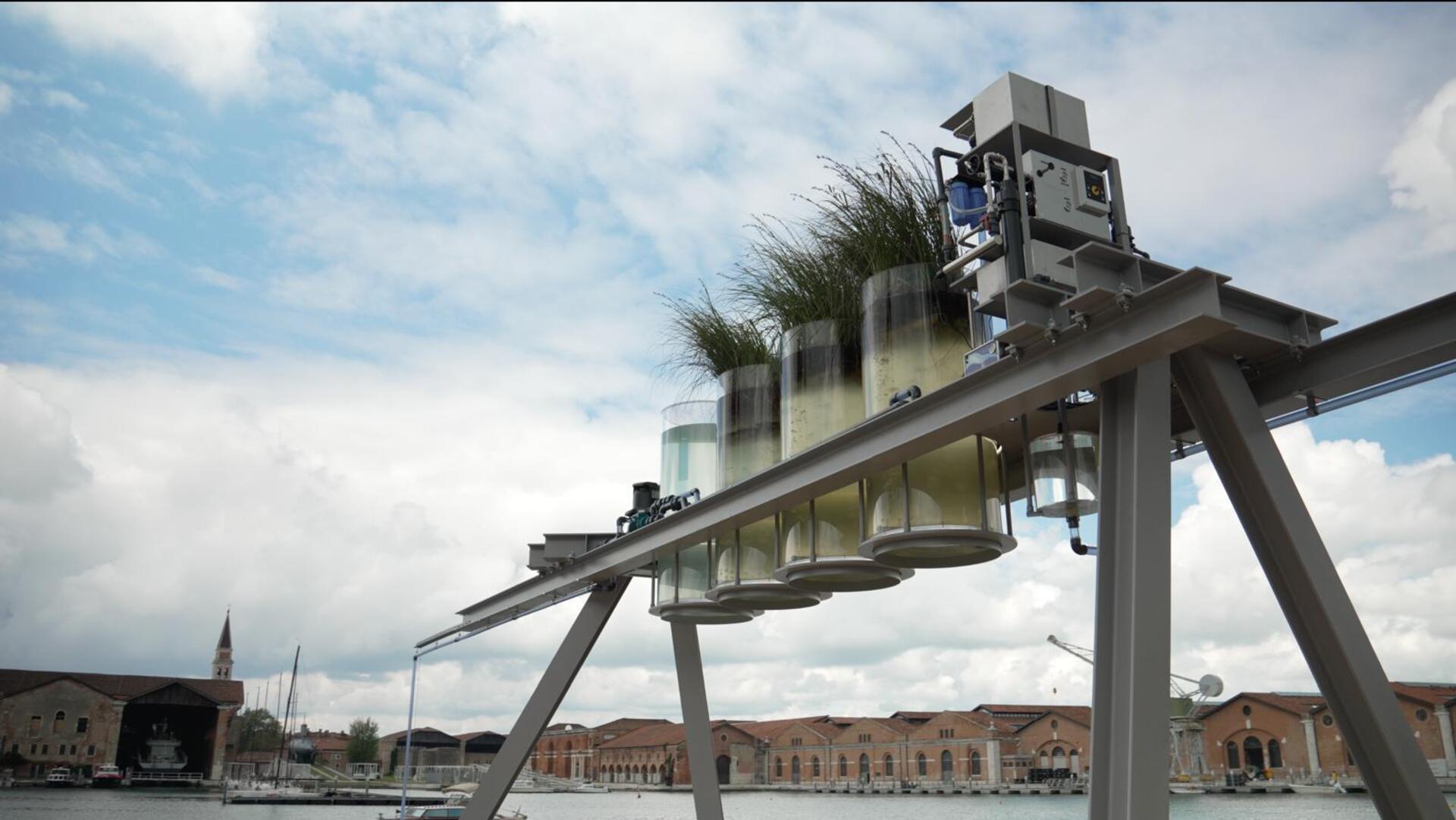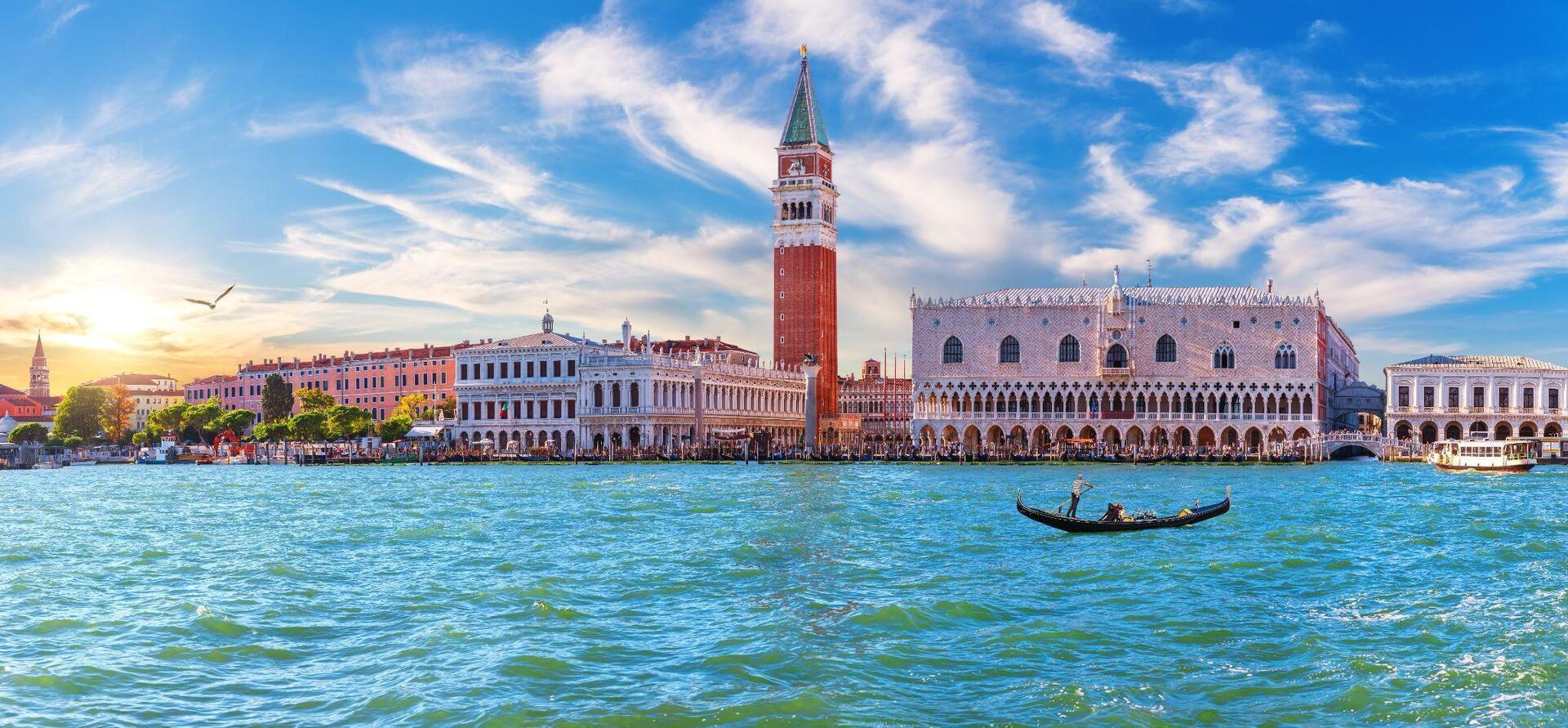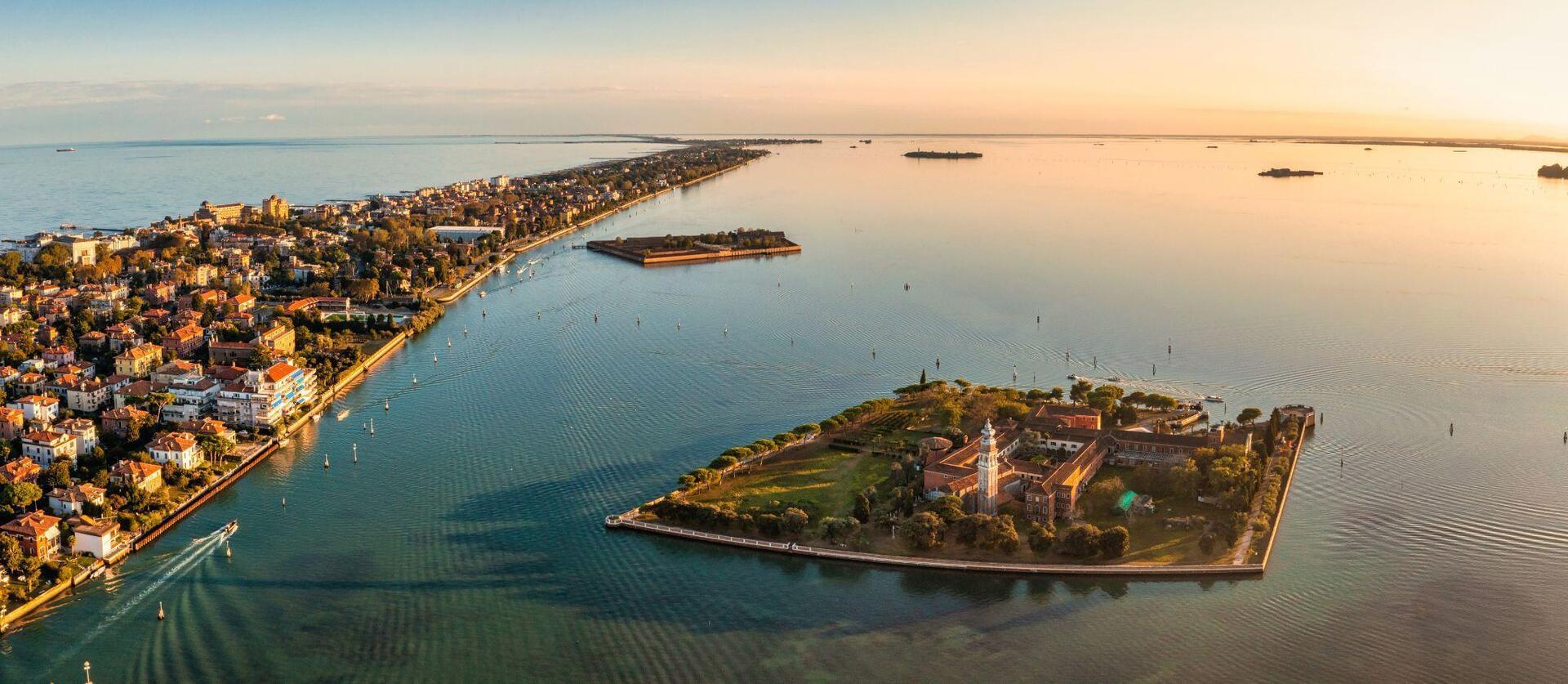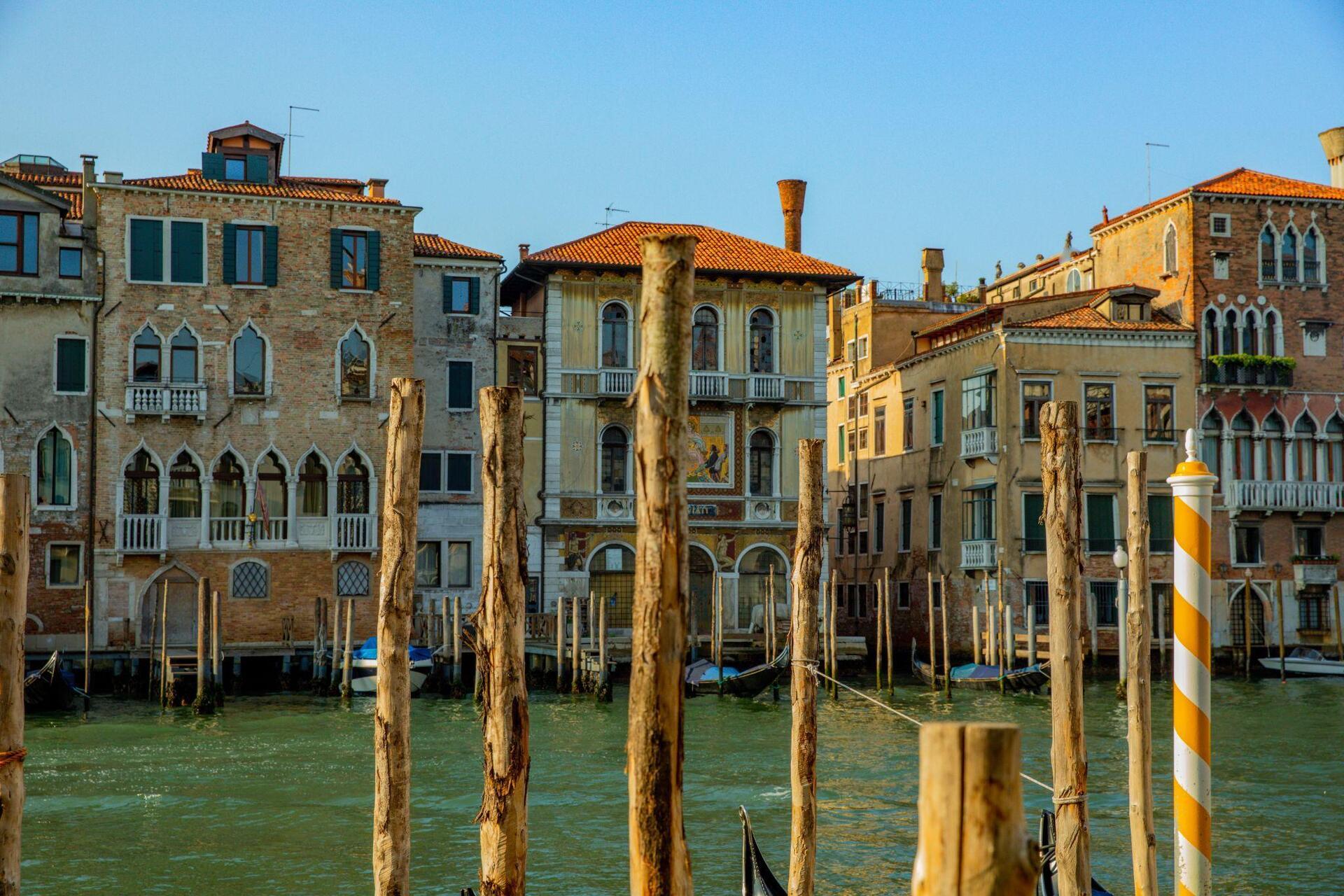The Venice Lagoon is a unique ecosystem, home to fascinating secrets and surprising features. Here are seven facts you might not know about the water that surrounds La Serenissima.
Rising Water Isn’t Just a Modern Problem in the Venetian Lagoon
Rising water levels isn’t a modern phenomenon. The first records date back to the 6th century, deep in the Middle Ages. Venetians have lived with this temporary rise in sea level for centuries, adapting both their architecture and daily life to it.
Where Freshwater Meets the Sea
The water in the Venice Lagoon is brackish — the result of a delicate balance between salty water from the Adriatic Sea and fresh water from rivers. This unique mix is essential for the lagoon’s biodiversity, allowing sea and freshwater species to thrive.
The salinity of the Venice Lagoon is in constant flux
The salinity of the Venetian Lagoon water isn’t fixed; it shifts with the tides, rainfall, and the amount of freshwater flowing in from rivers. This makes the ecosystem especially dynamic and complex, always in a state of change.
From the Venice Lagoon to the Moka: Desalination to Fight the Water Crisis
In a fascinating experiment, the water from the Venice Lagoon underwent a desalination process and was used to brew coffee. The project, aimed at raising awareness about the value of global water resources, demonstrated that even such unique water can be made drinkable.
By treating the salty, undrinkable lagoon water through a desalination and water filters plant, it was transformed into clean, purified water. This process uses reverse osmosis — the same technology employed to combat water scarcity in many parts of the world.
This concept lies at the heart of the Special Project “Canal Café.” The initiative, supported by Webuild Group and its subsidiary Fisia Italimpianti, was curated by Carlo Ratti and designed by Diller Scofidio + Renfro, in collaboration with Natural Systems Utilities, SODAI, Aaron Betsky, and Davide Oldani.

The Poles that Hold Up Venice Don’t Rot
One of the city’s engineering marvels is the technique used to build it: the wooden poles supporting Venice are submerged in the mud of the lagoon. In the absence of oxygen, the wood doesn’t rot but instead mineralises, becoming extraordinarily durable.
There is More to the Lagoon than the Venetian Canals
Although Venice is often imagined as a “city on water,” only 8% of the Venetian Lagoon is canals and deep waters. The remaining 92% consists of tidal mudflats, essential habitats for many plant and animal species.
The Venetian Lagoon is a Natural Laboratory for Science
The Venetian Lagoon’s water is the subject of numerous scientific studies, especially to understand the evolution of tides and their impact on the ecosystem. Monitoring and analysis help predict future changes and protect this fragile environment.




